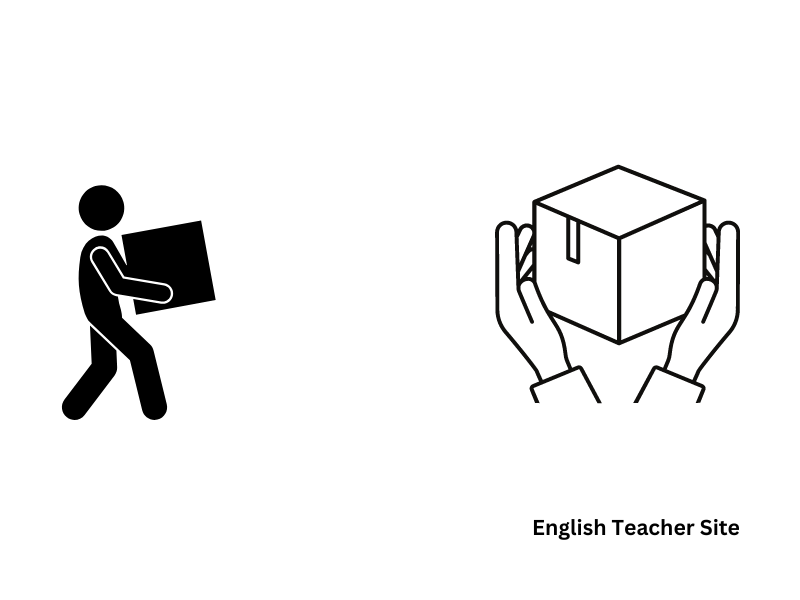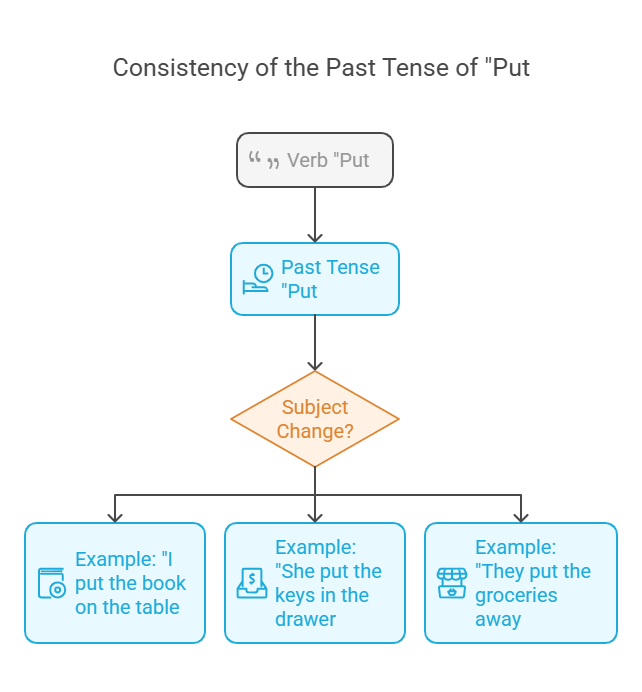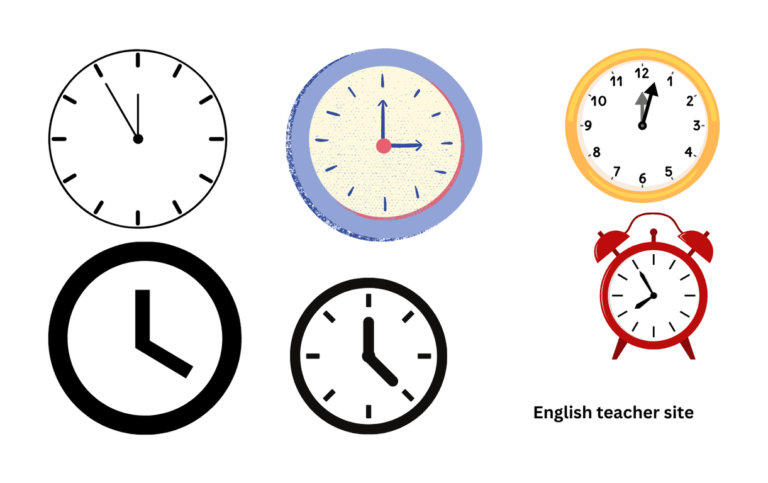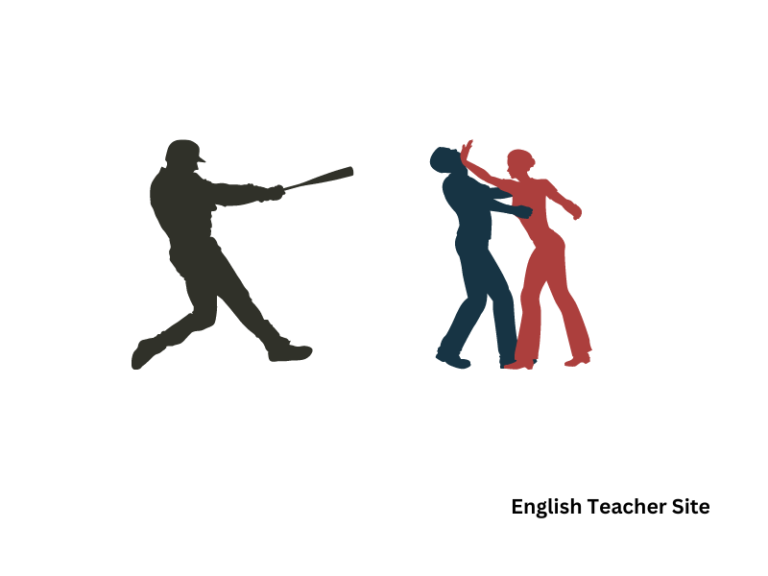The Surprising Past Tense of Put and How to Use It

Unveiling the Mystery of the Past Tense of Put
The past tense of “put” is one of the most surprising aspects of the English language. While many irregular verbs undergo significant changes when transitioning from present to past tense, “put” defies this pattern by staying exactly the same. This lack of change often confuses English learners, as it’s not immediately clear how to apply it correctly in past-tense contexts.
A common misconception is that “put” should somehow change in the past tense. Learners often expect it to follow the usual rule of adding “-ed,” but instead, it remains the same. This can lead to confusion and errors, especially when learners mistakenly add an “s” or “ed” at the end of the word, which is unnecessary and incorrect.
Understanding the Past Tense of Put
The Rule Behind the Past Tense of Put: Why It’s the Same as the Present Form
The primary rule governing the past tense of “put” is simple: it doesn’t change. This is one of the peculiarities of English, where some irregular verbs retain their form in both present and past tenses. Unlike verbs such as “run” (which changes to “ran”), “put” stays the same, whether referring to the present or the past. This consistency can be helpful, as it reduces confusion over verb conjugation in different tenses.
The Surprising Simplicity of the Past Tense of Put
How Put Remains Consistent Across Time Without Alteration
One of the greatest aspects of “put” is its consistency. It doesn’t matter if you’re talking about something happening now or something that happened years ago—“put” remains unchanged. For example, “I put the keys on the table” and “I put the keys on the table yesterday” are both grammatically correct without any modification to the verb. This simplicity allows for more fluent and confident communication, as there’s no need to worry about conjugating the verb differently depending on time.
Examples Where Put Is Used in Both Present and Past Tenses
The past tense of “put” is used in countless scenarios, both in casual and formal language. For instance, “I put my books on the shelf” is a present-tense statement, while “I put my books on the shelf yesterday” uses the past tense. The structure of the sentence remains the same, and the verb “put” does not change its form. This ease of use is an asset, particularly for learners who are still mastering the more complex rules of other irregular verbs.
How to Use Put Correctly in the Past Tense
Identifying When to Use Put in Past Tense Scenarios
The key to using “put” in the past tense is recognizing when you’re discussing a completed action. The past tense of “put” is used when you’re referring to something that has already happened. For example, “I put the book on the desk earlier” is a clear indication of something done in the past, as opposed to “I put the book on the desk,” which might be interpreted as happening in the present.
Clarifying Past Actions and Situations Using Put
When you need to clarify that an action took place in the past, simply use “put” in the sentence, without any changes to the verb form. A common scenario might involve describing something you did in the past, such as “She put the groceries away last night.” The past tense here is implied by the surrounding context, such as “last night,” making it clear that the action has already been completed.

Common Mistakes with the Past Tense of Put
The Confusion Between Past Forms of Similar Verbs (Like Set, Placed)
Because “put” is often used interchangeably with similar verbs, such as “set” and “place,” confusion can arise. These verbs do change in the past tense (“set” becomes “set,” and “place” becomes “placed”), so it’s understandable that learners may assume “put” also changes. However, remembering that “put” remains unchanged is critical to avoiding this confusion.
Why People Mistakenly Alter the Form of Put When They Shouldn’t
A common mistake when learning irregular verbs is trying to apply regular conjugation rules. For example, a learner might say, “I putted the book on the shelf,” mistakenly trying to follow the “add -ed” rule. This error occurs because English learners sometimes assume that all verbs should follow the same rule. Understanding that “put” does not require this alteration will prevent this error.
How to Recognize and Fix Errors with Put’s Past Tense Usage
To avoid errors, it’s essential to practice identifying when “put” is being used incorrectly. If you catch yourself or others trying to add an extra “ed” to “put,” simply remember that the verb remains the same in the past tense. Practicing with examples, both written and spoken, can help reinforce the correct usage of “put” and reduce mistakes.
Contexts and Scenarios for Using the Past Tense of Put
How to Apply Put in Storytelling and Recounting Past Events
When telling stories or recounting events, “put” is incredibly useful for describing actions. Whether you’re recounting what you did last week or telling a tale from the past, using “put” in its past-tense form ensures clarity. “He put his keys on the table before leaving” can be a key part of any narrative, allowing the listener or reader to understand that the action occurred earlier.
The Role of Put in Both Formal and Informal Settings
“Put” can be used in both formal and informal settings, making it a versatile verb. Whether you’re writing an email or telling a friend about your day, “put” remains appropriate in every context. For instance, in a professional email, you might say, “I put the report on your desk,” while in casual conversation, you could say, “I put my jacket on the chair.”
Conclusion: Mastering the Timeless Past Tense of Put
Understanding the past tense of “put” is an essential part of mastering English. Its simplicity makes it one of the more approachable irregular verbs, as it doesn’t require memorizing different forms. By mastering this simple rule, English learners can speak and write with confidence, knowing that “put” will remain constant regardless of when the action occurred. Embrace the beauty of this timeless verb and use it seamlessly in all your communications.
Source
My name is Khamis Maiouf. I am the creator of the English Teacher Site, dedicated to providing valuable resources and insights for students around the world. With a passion for education and a commitment to helping students enhance their skills, I aim to make English teaching more effective and enjoyable for both educators and students.





